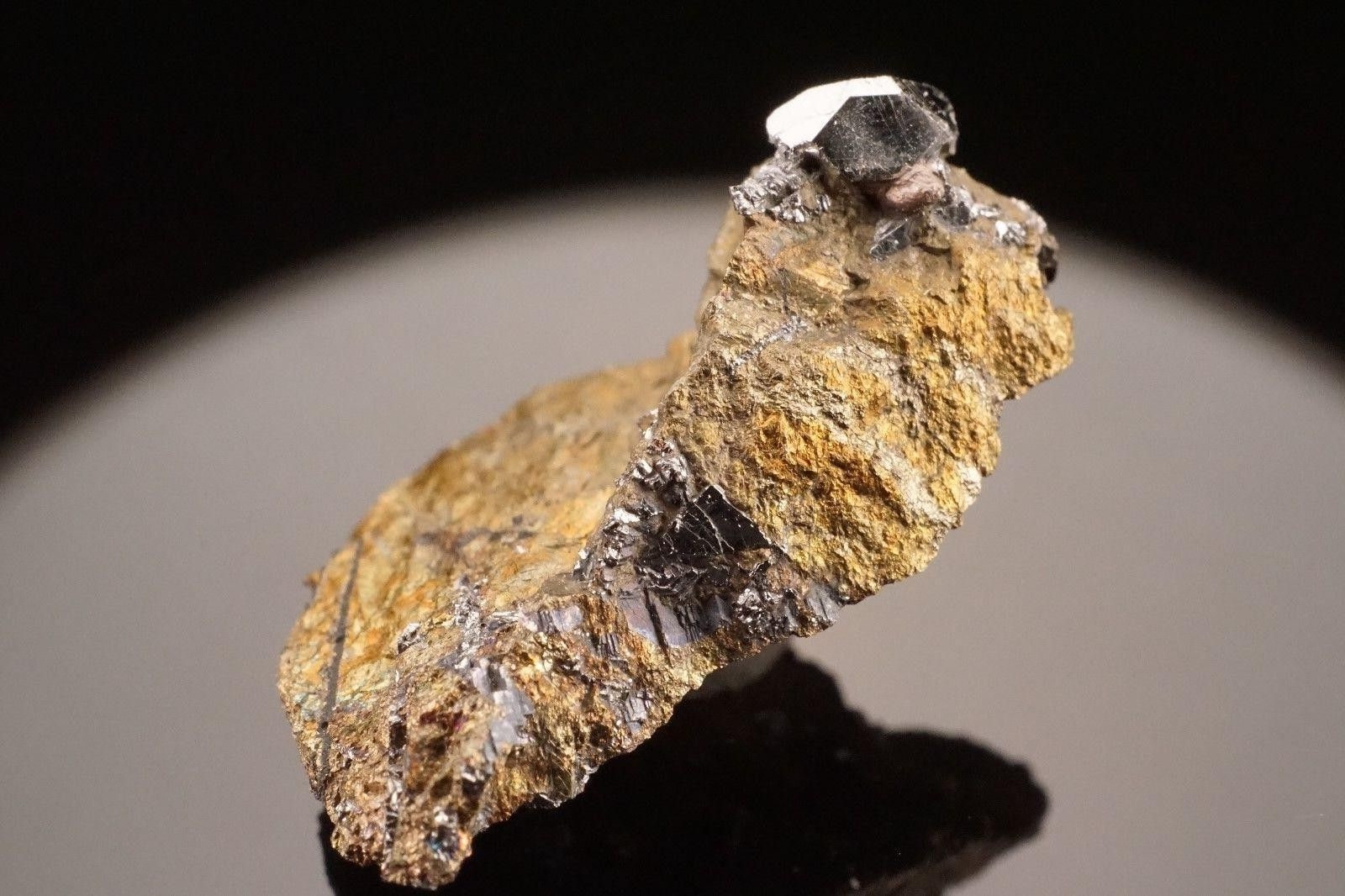
Cabriite is a rare mineral that has captured the interest of geologists and mineral enthusiasts alike. But what makes it so special? Cabriite is known for its unique composition and striking appearance, often found in specific geological settings. This mineral, named after the renowned mineralogist Jean Cabri, is a sulfide mineral that contains elements like nickel, antimony, and arsenic. Its discovery has provided valuable insights into the geological processes that form such rare minerals. Whether you're a budding geologist or just curious about the natural world, these 30 facts about Cabriite will give you a deeper appreciation for this fascinating mineral. Get ready to uncover some surprising details and expand your knowledge about one of nature's hidden gems!
Key Takeaways:
- Cabriite is a rare mineral with unique properties, found in remote locations like Russia and Canada. It helps scientists understand nickel deposits and has potential industrial applications.
- Despite its challenges, studying Cabriite provides insights into Earth's geological history and offers excitement for mineral collectors. Its magnetic and conductive properties make it truly fascinating!
What is Cabriite?
Cabriite is a rare mineral that has intrigued geologists and mineral enthusiasts alike. Its unique properties and limited availability make it a subject of fascination. Here are some intriguing facts about Cabriite.
- Cabriite is a sulfide mineral composed primarily of nickel, antimony, and sulfur.
- It was first discovered in 2002 in the Norilsk region of Russia.
- Named after Jean-Marc Cabri, a renowned mineralogist, it honors his contributions to the field.
- Cabriite typically forms in hydrothermal deposits, where hot, mineral-rich water interacts with surrounding rocks.
- The mineral has a metallic luster, giving it a shiny, reflective appearance.
- It is often found in association with other nickel sulfides like millerite and pentlandite.
- Cabriite is relatively soft, with a Mohs hardness of around 3.5 to 4.
- Its crystal structure is orthorhombic, meaning it has three unequal axes at right angles.
- The mineral is usually opaque, meaning light does not pass through it.
- Cabriite's color ranges from silver-white to gray, depending on its composition.
Where Can You Find Cabriite?
Cabriite is not a common mineral, making its discovery even more exciting. Here are some places where it has been found.
- The Norilsk region in Russia is the primary location where Cabriite was first discovered.
- It has also been identified in Sudbury, Canada, another area known for its rich nickel deposits.
- Small amounts have been found in Australia, particularly in Western Australia.
- South Africa has reported occurrences of Cabriite in its Bushveld Complex.
- Finland has also been a site where Cabriite has been discovered, particularly in the Outokumpu region.
Why is Cabriite Important?
Cabriite holds significance not just for its rarity but also for its scientific and industrial applications. Here’s why it matters.
- It helps geologists understand the formation of nickel sulfide deposits.
- Cabriite can be used to trace the geological history of the areas where it is found.
- The mineral is studied for its potential industrial applications, particularly in metallurgy.
- It provides insights into the thermal and chemical conditions of its formation environment.
- Cabriite is also of interest to mineral collectors due to its rarity and unique properties.
Unique Properties of Cabriite
Cabriite has several unique properties that set it apart from other minerals. Here are some of them.
- It has a high specific gravity, meaning it is denser than many other minerals.
- Cabriite is magnetic, which can help in its identification.
- The mineral can conduct electricity, a property not common in all minerals.
- It is resistant to chemical weathering, making it stable over long periods.
- Cabriite can form solid solutions with other nickel sulfides, altering its composition.
Challenges in Studying Cabriite
Studying Cabriite comes with its own set of challenges. Here’s what makes it difficult.
- Its rarity means that there are limited samples available for study.
- The mineral often occurs in small quantities, making it hard to extract.
- Cabriite’s similarity to other nickel sulfides can complicate its identification.
- The remote locations where it is found can make field studies challenging.
- Advanced analytical techniques are required to study its complex structure and composition.
Final Thoughts on Cabriite
Cabriite, a rare mineral, holds a unique place in geology. Found mainly in specific regions, it’s prized for its distinct crystal structure and vibrant colors. This mineral’s rarity makes it a sought-after specimen for collectors and researchers alike. Its formation process, involving high-pressure environments, adds to its allure. Cabriite’s applications extend beyond just being a collector’s item; it’s also studied for its potential industrial uses. Understanding its properties can lead to advancements in various fields. While not widely known, cabriite’s significance in the scientific community cannot be overstated. Its discovery and ongoing research continue to shed light on the complexities of our planet’s geological processes. For those fascinated by the natural world, cabriite offers a glimpse into the intricate and beautiful world of minerals. Keep an eye out for this captivating mineral in future scientific studies and collections.
Frequently Asked Questions
Was this page helpful?
Our commitment to delivering trustworthy and engaging content is at the heart of what we do. Each fact on our site is contributed by real users like you, bringing a wealth of diverse insights and information. To ensure the highest standards of accuracy and reliability, our dedicated editors meticulously review each submission. This process guarantees that the facts we share are not only fascinating but also credible. Trust in our commitment to quality and authenticity as you explore and learn with us.
